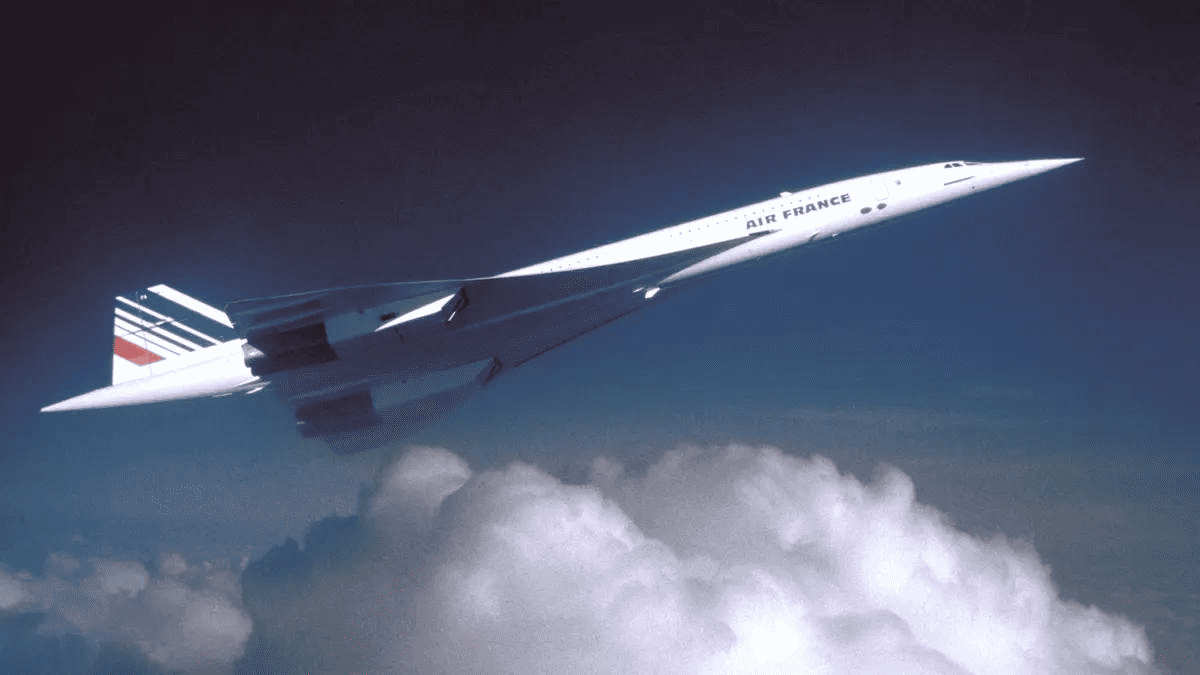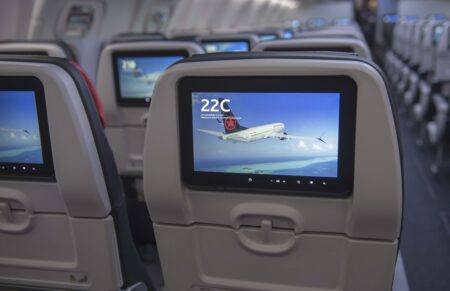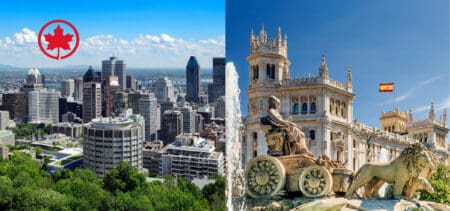Since its inaugural flight at Le Bourget in 1933, Air France has charted a captivating flight path, peppered with innovations and emblematic moments. Celebrating its 90th anniversary, the French company embodies a history of elegance, adventure and adaptation. From the propeller-driven planes of the Golden Age to modern giants like the A380 and A350, each decade has shaped the identity of the fleet, revealing a heritage rich in exploits and milestones. Let’s embark on an aerial journey through the years, exploring the exceptional history of Air France.
Air France's History
From yesterday...
It was at the prestigious Le Bourget airport on October 7, 1933 that the legendary airline Air France was born. Merging the forces of Air Orient, Air Union, Société Générale de Transports Aériens, Compagnie Internationale de Navigation Aérienne and Aéropostale, it ushered in a new era in air travel.
Algiers in 8 hours, Dakar in 28 hours, Hanoi in a week: the world was finally accessible.
On the eve of the Second World War, Air France had established itself as a major airline, with an expansive network of 85 destinations by 1938. The most popular destination? London. The Paris-London axis was indeed Europe’s business jewel. That year, the airline carried over 100,000 passengers, marking the beginning of the golden age of propeller-driven aviation.
The early 50s saw the advent of Air France‘s luxury services, notably with the famous “Parisien spécial” to New York, the quintessence of French refinement with its private cabins with recliners, menus designed by some of France’s greatest chefs and Champagne hospitality.
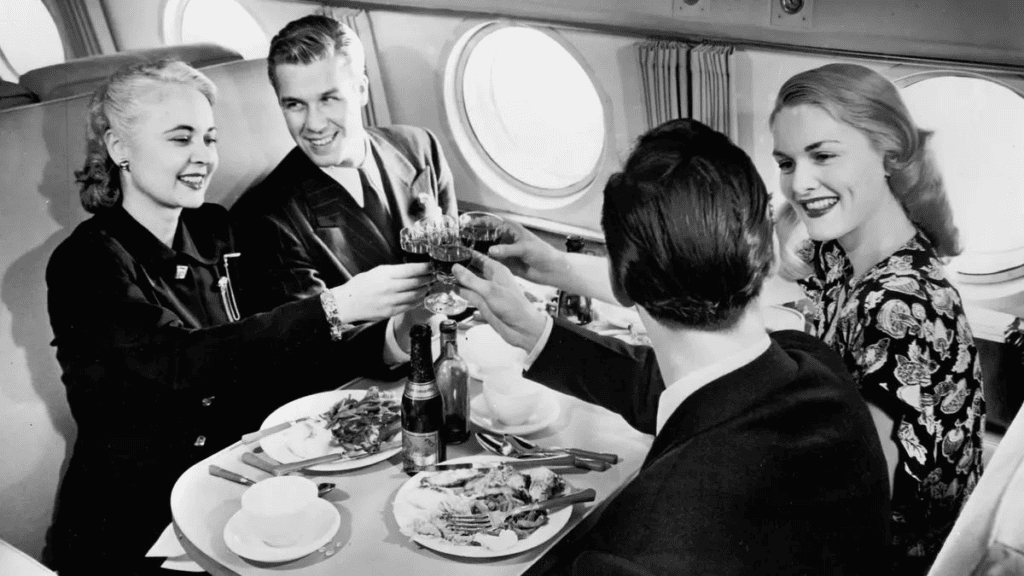
At the time, Air France was also seeking to feminize its sales staff, a practice that had been introduced in the United States as early as 1930. Their first stewardesses had to be between 21 and 30 years old, with “pleasant faces”, personality and distinction. They had to be no shorter than 1.55 meters and no taller than 1.70 meters, and they had to be single. Other times, other customs…
...To today
The years have flown by, and Air France has made its way across the sky. Today, the French airline offers almost 1,000 daily flights to 200 destinations, operating a fleet of over 240 aircrafts.
In 2023, Air France celebrates 90 years of elegance. 90 years of technology, innovation and comfort in the sky. 90 years of travel, gastronomy, design, haute couture, art and architecture.
As we all know, Air France‘s rise to prominence is due not only to its prowess in the air, but also to its alliance strategy. Since 2000, it has been at the heart of SkyTeam, a global alliance of 19 member airlines, including Delta Airlines, Aeromexico and Korean Air.
In 2007, Air France took a new step forward with the launch of its low-cost subsidiary, Transavia, based at Orly airport. The company is also involved in a joint venture with KLM, Delta Air Lines and Alitalia, an advanced model for cooperation between airlines. The agreement covers the joint operation, as well as revenue and cost sharing, of over 250 daily transatlantic flights operated by the four airlines.
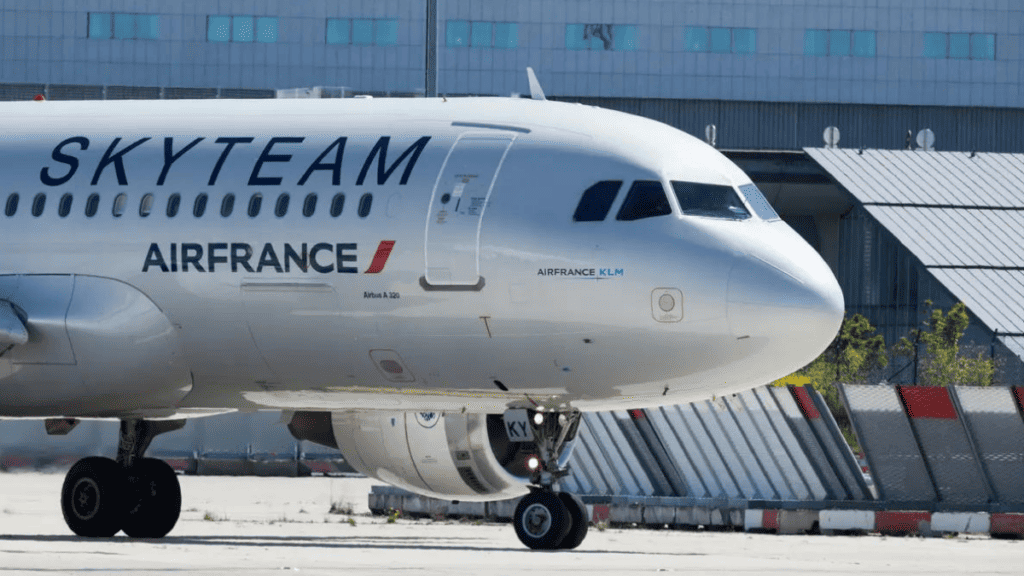
A few years later, in March 2016, Air France took a significant step forward by equipping 30 of its Boeing 777s with new cabins. La Première is revealed as a haute couture suite, the Business cabin offers a veritable mid-air cocoon, Premium Economy offers an enhanced level of comfort, and Economy welcomes its passengers on board with new seats.
This move upmarket also extends to the medium-haul network, with a new offering and completely revamped seats on 24 Airbus A319s since April 2015, and on 25 Airbus A320s in the first half of 2016, totaling 7,800 seats. In winter 2023, new Business cabins are expected, much to our delight.
90 years of elegance
For 90 years, Air France has been celebrating the French art of living by collaborating with the most significant creators, designers, architects, chefs and artists. Watch this video highlighting French elegance:
The winged seahorse logo
Since the birth of Air France, the aircrafts have proudly displayed the French airline’s emblem: the winged seahorse. This symbol, a legacy of Air Orient, reveals a unique artistic variation, combining the bust of Pegasus, the winged horse of Greek mythology, with the tail of the Annam dragon, symbol of the imperial family of Vietnam.
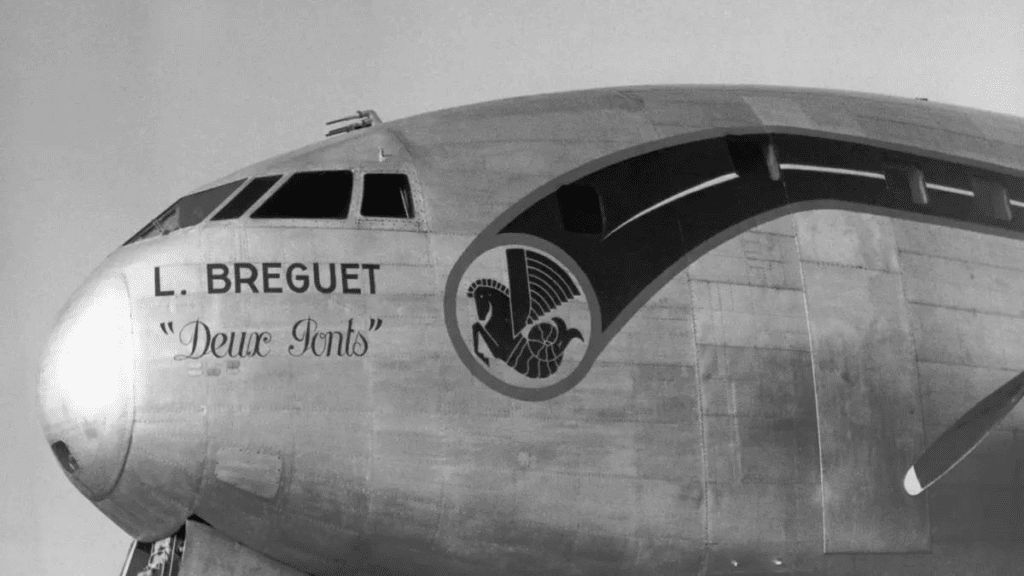
Air France's History - Fleet
Air France's History - First aircrafts
The genesis of the Air France fleet, which begins in 1933, reveals a fascinating chapter in the history of aviation. In its early days, the company inherits an imposing but technologically limited fleet of 259 aircrafts of 31 different types, remnants of the early days of commercial aviation. A revolution is needed, leading Air France to part with a third of its fleet in favor of more powerful aircrafts, marking the beginnings of a new era in air travel.
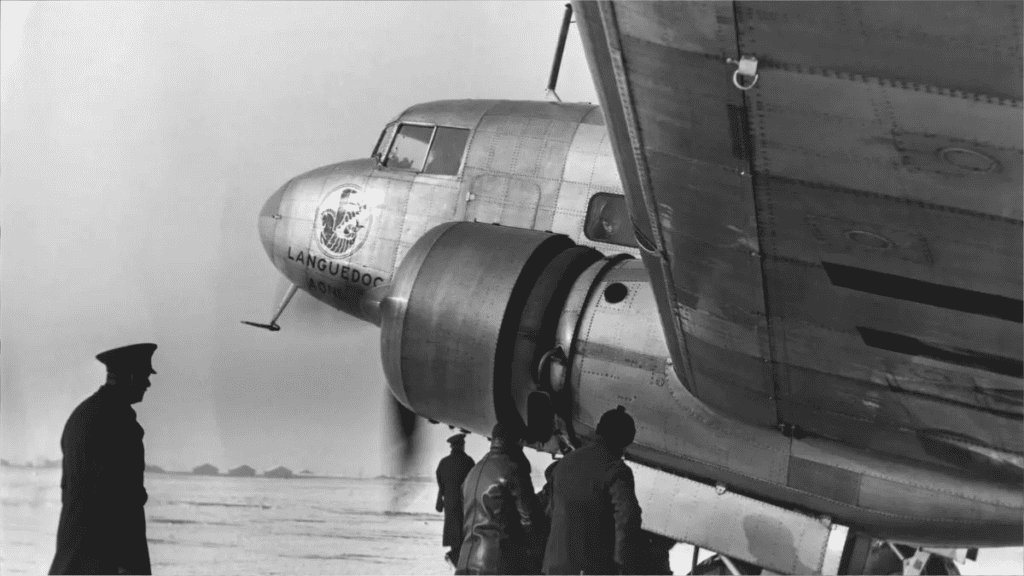
The rationalization of the fleet around three complementary models in 1933 marks the beginning of Air France‘s great take-off. The three-engine Dewoitine, the jewel in the crown of the pre-war fleet, become the symbol of travel to Europe, Africa and the Far East. Alongside them, the Potez 62 and Bloch 220 takes their place, expanding the company’s horizons on strategic routes. Despite the challenges of the Second World War, the Air France fleet emerges in 1946 thoroughly modernized, welcoming iconic aircraft such as the Douglas DC-3 and DC-4, forerunners of a luxurious era of transatlantic travel.
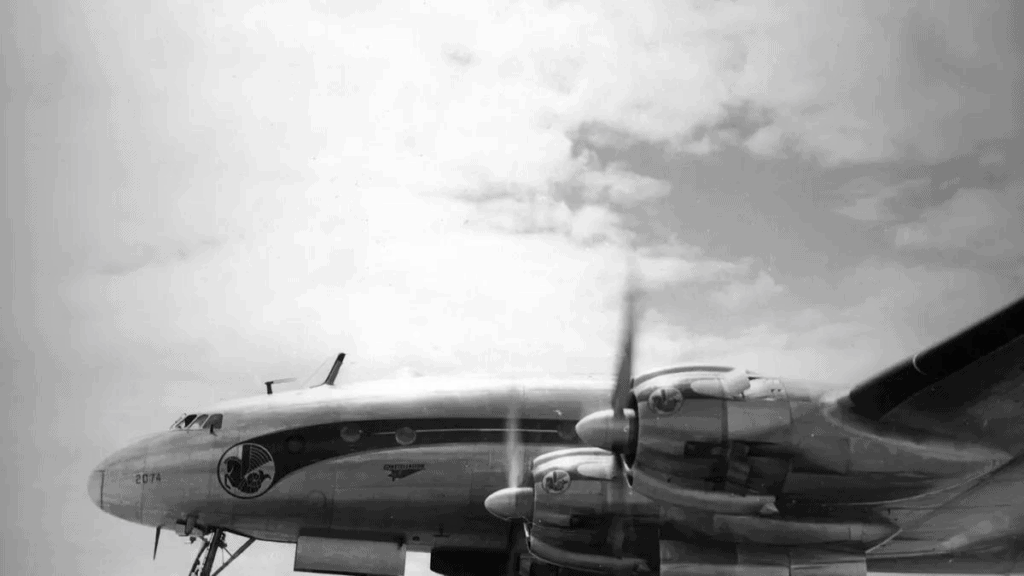
The golden age of luxury services began in 1948 with the introduction of the Lockheed Constellation, Super Constellation and Super Starliner, one of the most beautiful four-engine propeller planes in history. However, the propeller era gradually gives way to jet engines with the arrival of the revolutionary Caravelle and Boeing 707 in 1959, redefining the speed and range of flight. The Caravelle becomes the icon of the Air France fleet on European and Mediterranean routes, while the Boeing 707 shines on transatlantic flights.
On the tarmac, the Caravelle is recognizable by its large egg-shaped windows, its engines located at the rear of the fuselage and its retractable staircase.
With the Boeing 707, New York is now eight hours from Paris, instead of fourteen by Super Constellation. Equipped with four turbojets, it can accommodate up to 142 passengers and, from 1966, it launches the advent of mid-air cinema. Nineteen Boeing 707s are gradually being equipped to project color films on large screens.
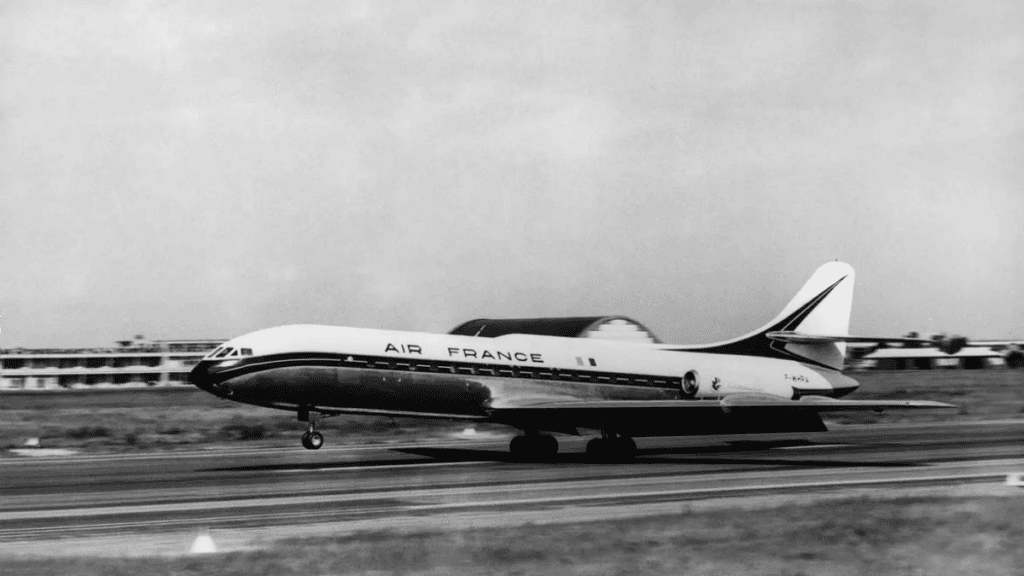
Expansion continues with the introduction of the Boeing 747 in 1970, symbolizing the accessibility of far-flung destinations to a wider public. Vacation class democratizes air travel, while first class offers unrivalled luxury on board the Jumbo Jet. In all, Air France will have 74 examples of this legend, in all versions. It will leave the fleet in 2016, after 47 years of operation.
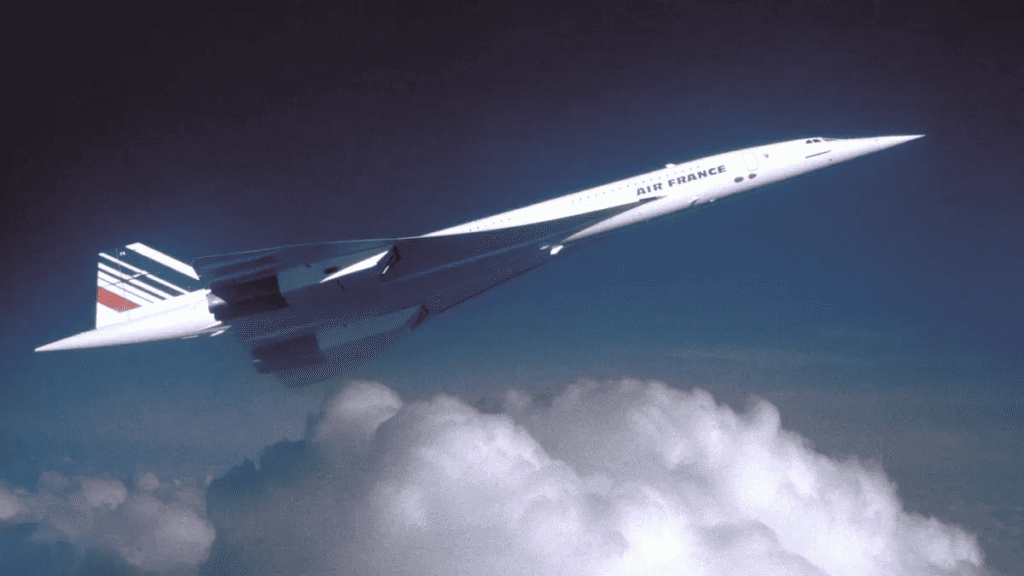
The advent of Concorde in 1976 marks a turning point, enabling supersonic flights to Rio, Caracas and Washington. The historic inauguration of the Paris-New York route in 3 hours 39 minutes in 1977 puts Air France on the map of aviation history. However, the supersonic adventure comes to an end in 2003, after 27 years of operation.
Air France's History - Airbus and Boeing today
In 2009, the Airbus A380 – which offers 538 seats on two floors – joins the Air France fleet, making the French airline the European pioneer of flights aboard this giant of the skies. It will operate until 2020, when the company welcomes its first Airbus A350-900, a new-generation aircraft with a 25% reduction in fuel consumption and a 40% reduction in noise footprint.
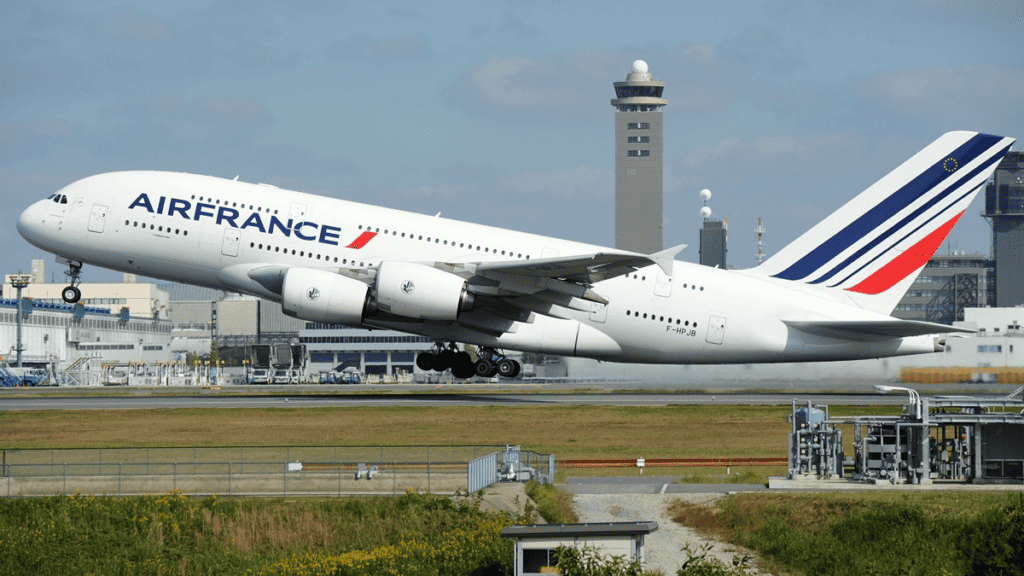
The company orders a total of 41 Airbus A350-900s, deliveries of which are still in progress. On board this aircraft, Air France unveils its latest travel standard, offering a totally flat bed and private space in the Business cabin, similar to the new cabins available on certain Boeing 777-300 ERs.
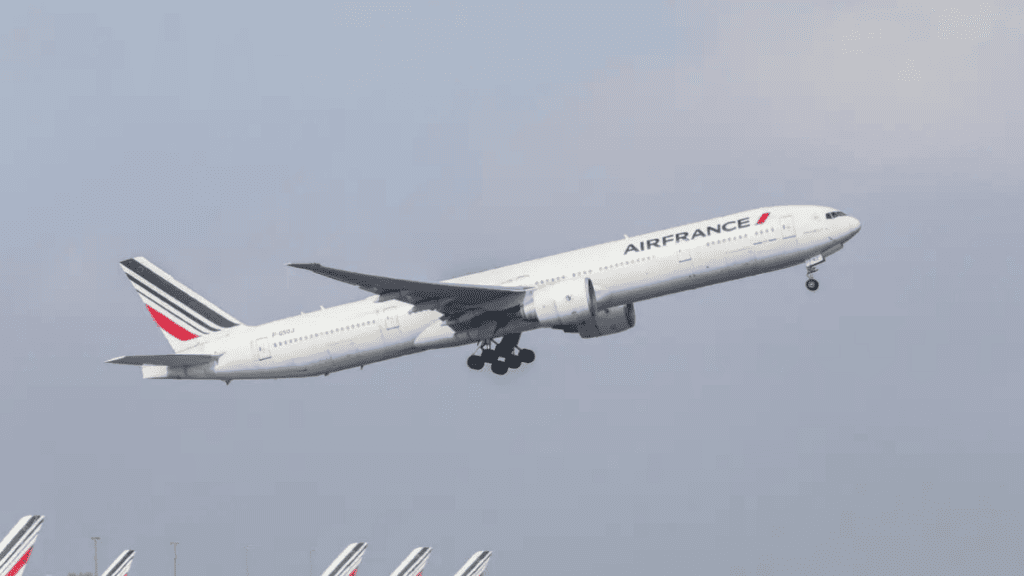
Following the introduction of Airbus A350s on long-haul flights, the company will integrate its first Airbus A220-300, the flagship of its fleet for short- and medium-haul flights, in 2021. 60 of these will follow, gradually replacing its Airbus A318s, A319s and A320s. Distinguished by its energy performance, it is the most innovative and efficient single-engine aircraft in its category, consuming 20% less fuel than its predecessors and reducing CO2 emissions by 20%.
Air France's History - Cargo
Between 1938 and 1950, the global air transport landscape underwent a remarkable transformation, with freight traffic increasing 45-fold, far outstripping growth in passenger and haul traffic. Airlines seeking to make their cargo more profitable are diving into the airfreight business, following the example of Air France, which is inaugurating a dedicated route between Paris and Algiers.
In the 1960s, the advent of the jet marked a veritable industrialization of the sector. The cargo volume, which was 20 m3 for a Lockheed Constellation, is now 40 m3 for a Boeing B-707. And in 1963, the first cargo jets entered service, with the Boeing 707-320C, nicknamed the “Pelican” at Air France, capable of carrying up to 40 tonnes of cargo. The introduction of containers, invented at this time, optimize loading, and Air France establishes its first freight station at Orly, sometimes bearing witness to singular cargoes such as carriages, horses and works of art.
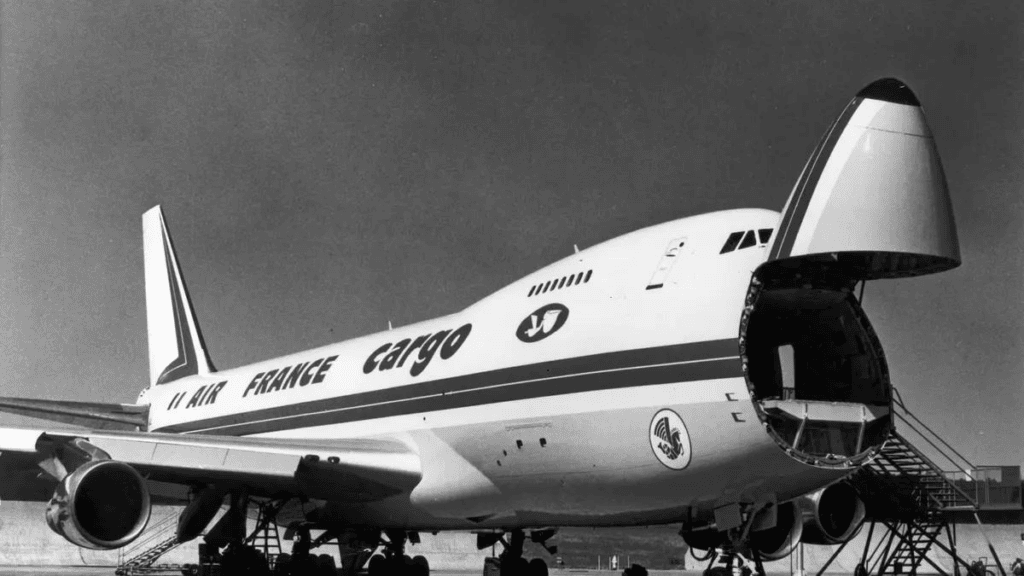
In the 1970s, freight becomes an essential part of Air France’s business, accounting for 22% of its operations. The creation of Air France Cargo in 1972 establishes freight as a separate business line within the company, although Air France now gives priority to the cargo holds of its passenger aircraft. Nevertheless, it has a fleet of 15 all-cargo aircraft, making it the world’s leading operator in this sector, after the integrators.
Bottom Line
As we conclude this journey through 90 years of airline history, it’s easy to see that Air France is much more than just an airline. Each chapter tells a story of progress and passion. From the Constellation to the modern Airbus, milestones define a company that has transcended mere flight to become a symbol of elegance in the world.
Here are the credit cards for French people who want to earn rewards with Flying Blue, the Air France-KLM program:
For Canadians, consider the Air France KLM World Elite Mastercard® or the Membership Rewards points transferable to Flying Blue with these credit cards:
Frequently asked questions about the history of Air France
How was Air France created?
Air France was created on October 7, 1933 from the merger of Air Orient, Air Union, Société Générale de Transports Aériens, Compagnie Internationale de Navigation Aérienne and Aéropostale.
What is the history of the Air France-KLM group?
In 2004, Air France launched a public exchange offer for KLM shares, sealing the fate of two aviation giants. This bold move merged the strengths of the two companies, giving birth to the powerful Air France-KLM group. The year also marks the privatization of Air France, propelling the group to the top of the global airline industry.
With Europe’s largest airline network, the Paris-Charles de Gaulle and Amsterdam-Schiphol hubs are essential pillars. In 2003, the group carried 66 million passengers with an impressive fleet of 550 aircraft.
What are the subsidiaries of the Air France-KLM group?
Air France-KLM comprises three airlines: Air France, KLM and Transavia.
Where are Air France-KLM's head offices located?
Air France-KLM is domiciled in the 8th arrondissement of Paris, at 7, rue du Cirque.
Who is the Chairman and CEO of Air France?
Since December 17, 2018, Anne Rigail has been Chief Executive Officer of Air France. In the same year, in August 2018, Benjamin Smith was appointed Chief Executive Officer of Air France-KLM.
How old is Air France?
On October 7, 2023, Air France celebrated its 90th anniversary.
Is Air France a public or private company?
Founded in 1919 and 1933 respectively, KLM and Air France merged in 2004 to become Air France-KLM. It is a privatized company, although the French state holds 15.9% of the capital.
What are Air France's values?
The Air France employer brand is based on five key values: innovation, safety, excellence, diversity and commitment to customers.



